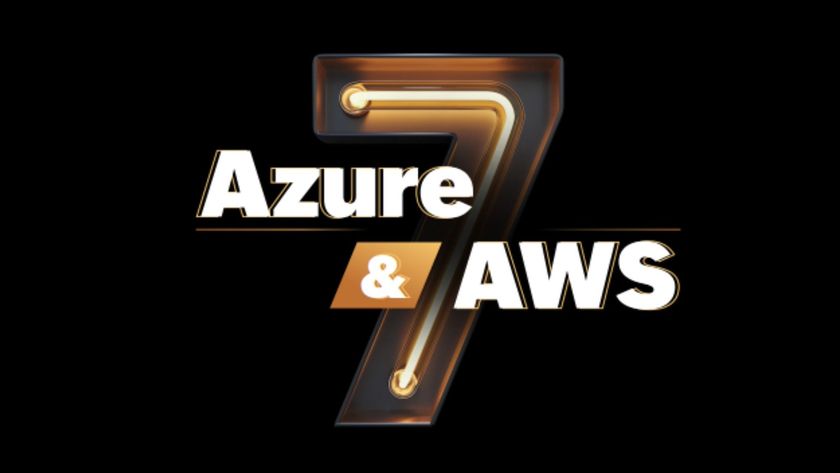The latest version works well to integrate Windows apps with the Mac. In Coherence mode, apps can be put on the Mac Launchpad and run in its own window on the Mac desktop. You can run Windows in its own separate desktop window, if you wish to as well. In either case, you can drag and drop icons and files as well as cut and paste between the Mac and Windows.
Parallels 8 is optimised for Mountain Lion so will feature tweaks such as an "open in IE" button in OS X Safari as well as support for Mountain Lion Notifications and gestures. New Dictation features across both Mountain Lion and Windows can be used as well as sharing Bluetooth connections across Windows and Mac devices.
Working with Windows 8 running virtually on a Mac is functionally no different to running it on bare metal. The virtual PC can join Windows domains in the same way without any problems. Any USB devices attached to the Mac can be configured to connect to the guest OS. Inserting a USB device prompts Parallels to ask if you want to use it with the Mac or Windows.
As with previous version, Parallels 8 lets users take snapshots of the guest OS, so that should the worse happen and the OS gets trashed you can roll back to a previous working version of the OS and continue working with as minimal impact as possible. This is handy given Windows propensity towards malware as well as for testing beta software.
Overall, this is a reasonable attempt at giving users virtualisation on the desktop while keeping it simple. As operating systems and applications tend to use more memory with every new version, this runs better with more memory, even if Parallels itself has a small footprint.
Parallels 8 may be easy to use but other virtualisation products for Mac (such as VMware Fusion and Virtualbox) offer more options in terms of customisation.
Verdict
An easy to use piece of software which supports Windows 8, but Parallels 8 is let down by the price, especially when competiting products offer more functionality.
Intel-based Mac with Intel Core 2 Duo processor or higher required (Intel Core Solo and Core Duo processors are no longer supported)
Minimum 2GB of RAM (4GB or more recommended)
700 MB hard drive space for Parallels Desktop installation, plus space to allocate your virtual machine
A DVD drive
Backup software included
Requires Windows or other operating system (not included)
Rene Millman is a freelance writer and broadcaster who covers cybersecurity, AI, IoT, and the cloud. He also works as a contributing analyst at GigaOm and has previously worked as an analyst for Gartner covering the infrastructure market. He has made numerous television appearances to give his views and expertise on technology trends and companies that affect and shape our lives. You can follow Rene Millman on Twitter.













